QuestionHey,
I've got an eight week old boxer. I've managed to get him to sit on command and he's starting to figure out "shake."
I've acclimated him to wearing a collar with ease. Now, he's dragging a leash while I'm with him in the backyard (cats think it's a game and chase the lead.) Today, I picked up the other end and let him walk around while I held the leash. Problem: He carries the leash in his mouth as he walks. I have not pulled him, but try to get him to follow me while I hold the leash, but going is very slow. He is very stubborn and is not following me as closely as he was last week. What can I do to get him to let me lead him on the leash? He's becoming a bit difficult lately. Very distracted by my big dogs (pit and mastiff) as well as his playmates -- the cats. When any of these distractions are around, I might as well forget about training him. He's totally distracted by the other animals. Any advice would be appreciated.
What is the order of commands I need to work on. First sit - then what?
Best Regards,
J.D. Lowes
DAllas, GA.
AnswerDear JD,
Good job on the early puppy training! A lot of young pups like to carry the leash in their mouths. They usually outgrow that in a few months. Just keep getting him to follow you while you hold the leash. Lure him along with some of his dog food or treats (personally I like to mix really yummy treats right in with the dog food for this purpose) and let him have a piece every 2-3 paces and he'll probably drop the leash anyway just to eat his reinforcement. Praise and command "heel" (or a loose-leash walking command of your choice) continuously as you go. Very stubborn dogs need the food/treat to be practically on their nose in order to get them to move so don't be shy.
I'd do this when your other dogs are inside or elsewhere for the first 2 weeks and make the leash walking a very solid behavior/command before you integrate one of your more boring uninterested other dogs. Practice this way for several days, then add another dog and practice for a few more days. Add pets to the distraction factor only when he succeeds at the previous level of distraction until he's mastered it with all the distractions you have mentioned.
It's extremely important that you also practice this way away from your home in a wide variety of other distracting environments, always starting with very low or no distraction and adding gradually as you go. Any quiet neighborhood sidewalk will do and work up to more pedestrian-intense areas gradually. He will get distracted more easily in different environments away from home so before you even start let him sniff around for several minutes to desensitize him a little to the environment. The accomplishment level you reach in your non-distracting yard will very likely be higher than on a local sidewalk, so don't request the 10-pace leash walk in a new place just because you got it a few times at home. Rather, start at the beginning level at each new place and work up to the distance/time/distraction level you want.
It is your job to make each accomplishment level easy enough for him to succeed, so if you have to increase the concentration of stinky/chewy treat (cut into pea sized pieces) in your kibble mix, DO SO. Some pups will only work for hot dog pieces in a distracting environment, but don't worry about that now. Reach the level you want to reach using what's necessary and here's the catch: You MUST continually repeat the command you are teaching while he is doing it; otherwise you will be stuck using food for the rest of your life. Repeat the command now and later you can phase out the food and use the command alone and he won't know the difference.
Finally, I don't think it makes a big difference what command you teach when. As a matter of fact, I teach them almost simultaneously including Off/Take It and Possessiveness exercises (see my website http://www.dogdaysUSA.com for these very important commands). It's important to accept the fact that your dog's personality WILL change as he grows up and just because he's good in one area now doesn't mean he always will be, so prevention of future behavior issues is key. You're definitely on your way but do go to my site and read/print out any of the articles because they get very specific and will help you a lot.
Good luck and thanks for writing!
Suzanne Harris, BSc, CPDT
http://www.dogdaysUSA.com

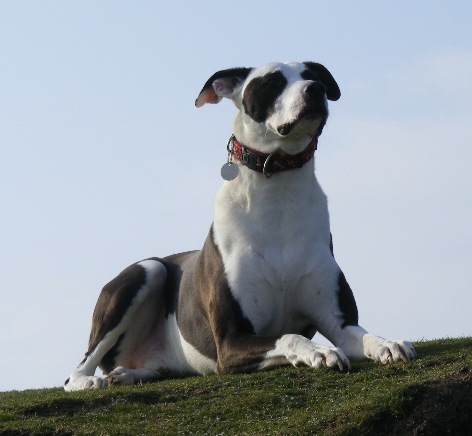 Ponter cross aggression
Question
Ollie
I have an 8 y/o pointer cross lurcher (w
Ponter cross aggression
Question
Ollie
I have an 8 y/o pointer cross lurcher (w
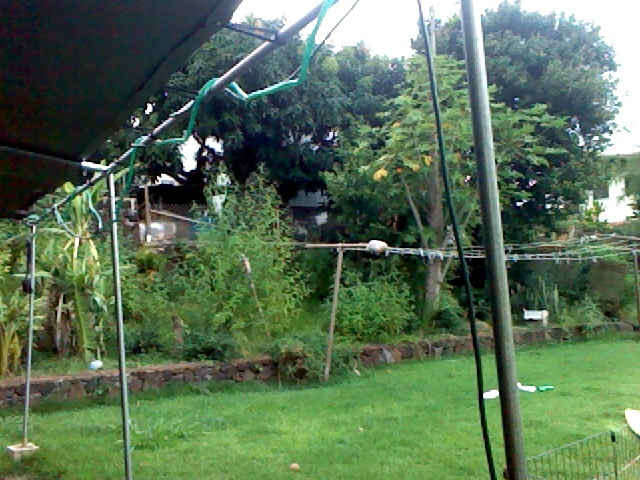 Designating bathroom area
Question
backyard
I have 2 medium mutts that are both b
Designating bathroom area
Question
backyard
I have 2 medium mutts that are both b
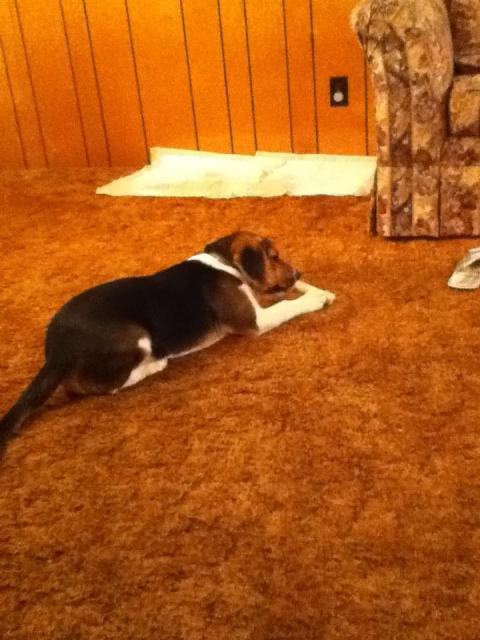 Housebreaking My Puppy and Choosing the Right Fencing
Question
Woody
Hello. I have a four month old be
Housebreaking My Puppy and Choosing the Right Fencing
Question
Woody
Hello. I have a four month old be
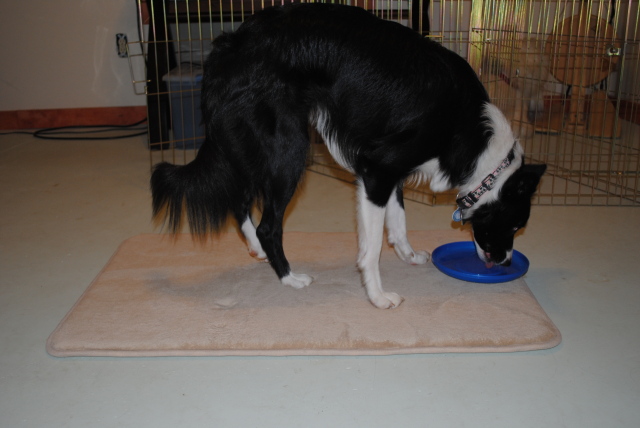 Peeing on edge of training pad
QuestionI have a 3 year old Poodle who has been house t
Peeing on edge of training pad
QuestionI have a 3 year old Poodle who has been house t
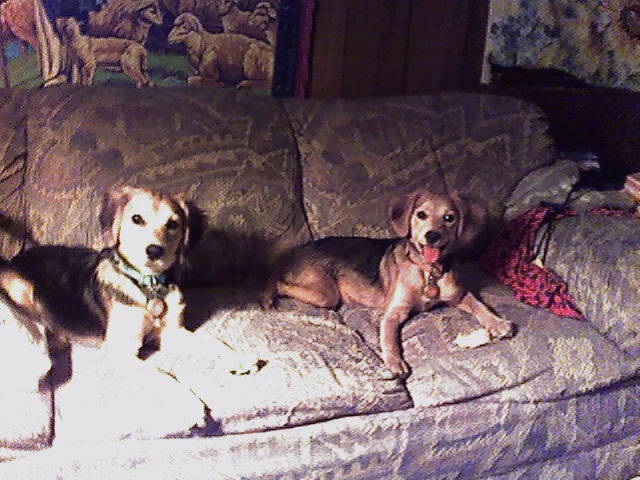 bladder issues in rescue pups
Question
collie-shepherd pups
We have had two rescued s
bladder issues in rescue pups
Question
collie-shepherd pups
We have had two rescued s